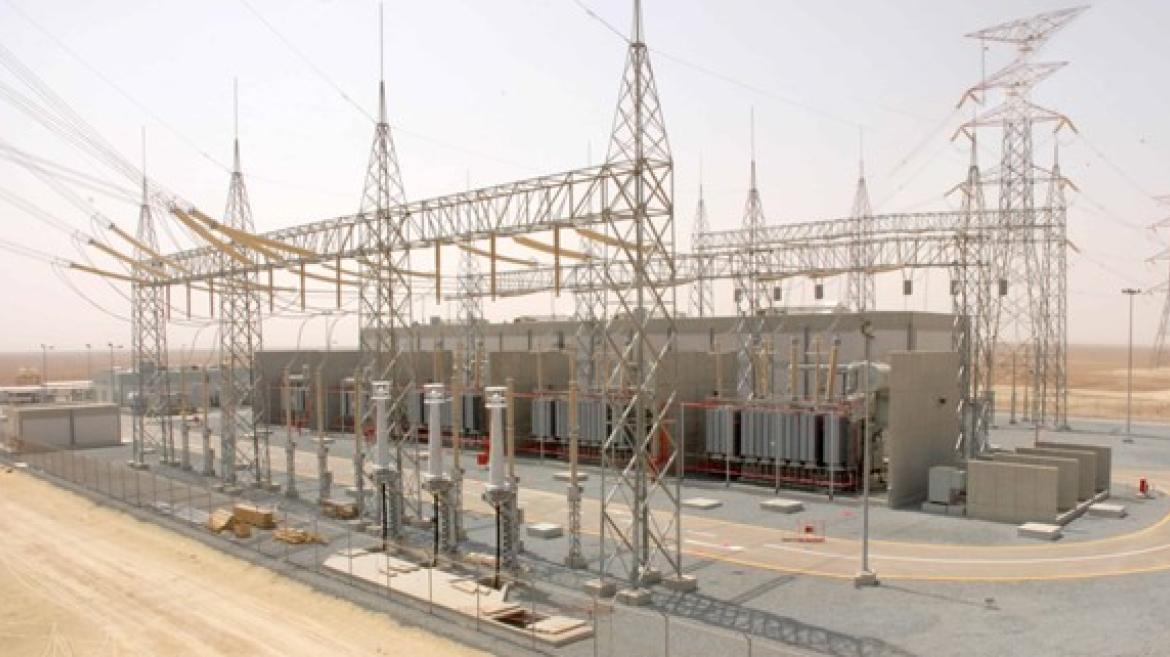Mastering Procurement | Navigating Supply-Chain Issues when Purchasing High-Voltage Transformers, Part II

A previous article provided tips for the early stages of the procurement process through the issuance of a request for proposals (RFP). This article provides tips for bid closure, proposal evaluation, purchase order (PO) negotiation, and contract management.
Bid Closure
The formal transition from an open RFP to proposal evaluation can be frustrating. In a capacity-constrained market, major vendors are more likely to request time extensions related to bid deadlines. Such requests must be considered in light of both the current RFP and the future. Granting more time may improve the number and quality of responses on one procurement, but maintaining future deadlines will become more challenging once a pattern of RFP extensions has been established.
Vendors that were working to achieve the original deadline may feel prejudiced by any extension, reducing their incentive to follow a strict timeline in the future. Overall, it is better to communicate clear and consistent requirements and maintain them, unless the value achieved in the procurement would be materially harmed by doing so.
Proposal Evaluation
Balancing proposals requires considering commercial, schedule, and technical factors. Buyer's management, commercial, and technical personnel must provide high-quality input to achieve the right balance. Potential vendors such as GE, Hitachi, Hyundai, Mitsubishi, Siemens, or others may have varying proposals regarding technical details, delivery schedule, price, warranties, and after-sales support, each with their own risks.
The buyer aims to evaluate proposals qualitatively and quantitatively to determine the best potential vendor for negotiating the final PO. Subjective criteria are converted into scores and weighed alongside other criteria to create a final ranking. While the decision-making process may remain proprietary, sharing it with vendors aligns their priorities with the buyer's. Non-disclosure agreements can ensure confidentiality, although they may not offer perfect protection. Lack of transparency in evaluation criteria raises the risk of not identifying the best-value option during the RFP process.
The evaluation stage produces a proposal evaluation matrix and a letter of recommendation for the award. These deliverables establish a clear record of the vendor selection criteria before PO negotiations commence. A comprehensive summary of the award basis will prove valuable in the case of a breakdown in negotiations and for transitioning from procurement to execution, future PO changes, performance issues after execution, future vendor comparisons, process improvement, and training.
Purchase Order Negotiation
After proposal evaluation, the buyer’s team will contact the preferred vendor and work to negotiate the final PO. Typically, this will involve resolution of any exceptions taken to the proposed terms that accompanied the RFP. Conformance of the buyer’s and vendor’s technical specifications will also be required at this stage for incorporation of selected equipment options into the final PO. Other terms commonly resolved include those for delivery schedule, payment terms, insurance, logistics, and risk of loss, warranties and their tolling, choice of law, and preferred dispute resolution forum. In a global market, these details are likely to be affected by the corporate citizenship of the vendor and buyer and the applicable commercial treaties between those countries.
Other vendors are informed that a vendor has been selected with the intent to issue a PO. Typical language in those communications leaves open the possibility that another proposal may be leveraged if negotiations with the selected vendor cannot be concluded successfully.
Contract Management
A robust procurement process does not end with the execution of a PO. Purchasing personnel should remain engaged through the hand-off to contract management and stay informed and engaged with respect to vendor performance. The personal relationships created, and the knowledge shared during the RFP and PO negotiation stages can provide great value during detailed design, delivery, construction, and commissioning.
The personnel most familiar with the PO requirements are those that negotiated them. They should be included in change management if there are any material deviations from the plan anticipated at the time the PO was executed. The buyer’s organization should maintain liaison personnel to provide consistent communications between central technical and commercial personnel and the teams responsible for project execution.
Summary
The procurement process for long-lead items like HV electrical transformers involves careful planning, research, and decision-making. The steps described here for qualifying vendors, detailing the RFP and evaluation criteria, selecting a vendor, and managing execution will help to ensure the procurement of high-quality equipment and related services that conform to the buyer’s requirements.
The best procurement process is the one that best leverages competitive market forces to achieve maximum value for the buyer both in the instant purchase and over the long term. Buyers should recognize that they have a dual objective to maintain high-quality relationships with vendors while bringing market forces to bear on them. Achieving the appropriate balance requires a high level of competence, transparency, and ethics within the buyer’s organization.
Snapshot of Manufacturers of Large Power Transformers
Large power transformer manufacturers have generated significant M&A activity over the past several decades. The businesses of two of the three largest manufacturers in the world have been acquired in the past 10 years, as American, European, and Asian OEMs compete for global market share. Rapid change in the global marketplace can make detailed research outdated quickly.
Major OEMs in the US Market
- General Electric (acquired Alstom, 2015; acquired SPX, 2021)
- Hitachi (acquired ABB, 2020)
- Hyundai
- Mitsubishi
- Siemens
